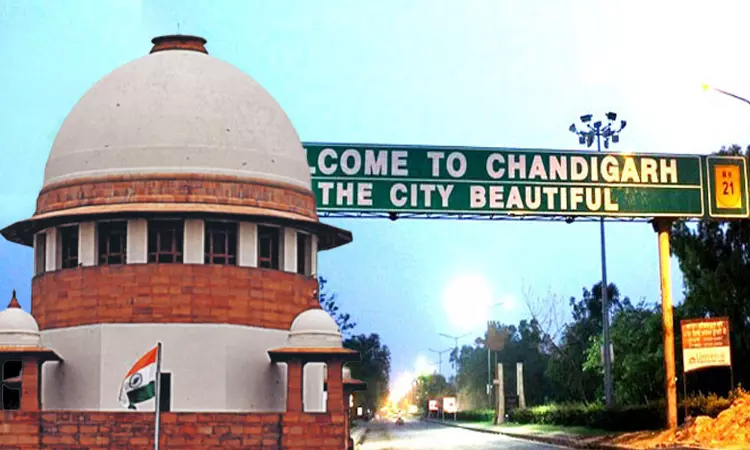Supreme Court Prohibits Conversion Of Residential Units Into Floor-Wise Apartments In Chandigarh Phase 1 To Protect 'Corbusier' Heritage
Awstika Das
10 Jan 2023 4:20 PM IST

Next Story
10 Jan 2023 4:20 PM IST
In a significant development, the Supreme Court on Tuesday slammed the rampant practice prevalent in Chandigarh city of converting single residential units into apartments, in view of the heritage status of India’s first planned city as well as the principle of sustainability. Noting that the union territory administration had repealed the controversial Chandigarh Apartment...
